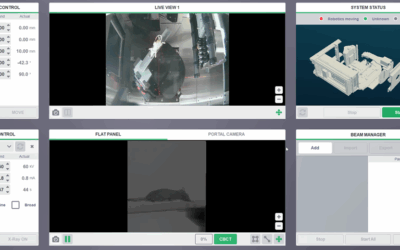The activity of acid sphingomyelinase (aSMase) was previously reported to be involved in glucocorticoid-induced cell death (GICD) of T lymphocytes. This mechanism in turn is believed to contribute to the therapeutic efficacy of glucocorticoids (GCs) in the treatment of inflammatory diseases. In this study, we reassessed the role of aSMase in GICD by using aSMase knockout mice. The absence of aSMase largely abolished the partial protection that effector memory CD4+ T cells in wild-type mice possess against GICD. Reduced IL-2 secretion by aSMase-deficient CD4+ T cells suggested that a lack of this important survival factor might be the cause of these cells’ enhanced susceptibility to GICD. Indeed, addition of IL-2 restored the protection against GICD, whereas neutralization of IL-2 abrogated the otherwise protective effect seen in wild-type effector memory CD4+ T cells. The therapeutic implications of the altered sensitivity of aSMase-deficient T cells to GICD were assessed in models of inflammatory disorders; namely, experimental autoimmune encephalomyelitis and acute graft-versus-host disease. Surprisingly, GC treatment was equally efficient in both models in terms of ameliorating the diseases, regardless of the genotype of the T cells. Thus, our data reveal a hitherto unrecognized contribution of aSMase to the sensitivity of effector memory CD4+ T cells to GICD and call into question the traditionally attributed importance of GICD of T cells to the treatment of inflammatory diseases by GCs.
Denise Tischner, Jennifer Theiss, Anna Karabinskaya, Jens van den Brandt, Sybille D Reichardt, Ulrike Karow, Marco J Herold, Fred Lühder, Olaf Utermöhlen, and Holger M Reichardt
Download Paper
SPOTLIGHT: Behind the Beam: Tips, Tricks, and Translational Research from the Karolinska Institutet X-ray Irradiation Core Facility
Access the highly anticipated Xstrahl SPOTLIGHT Session, "Behind the Beam: Tips, Tricks, and Translational Research from the Karolinska Institutet X-ray Irradiation Core Facility," on demand now. This essential recording is a must-watch for radiation researchers and...







